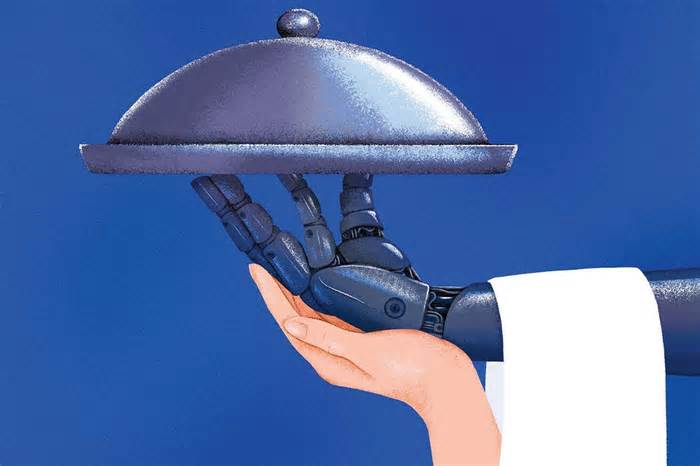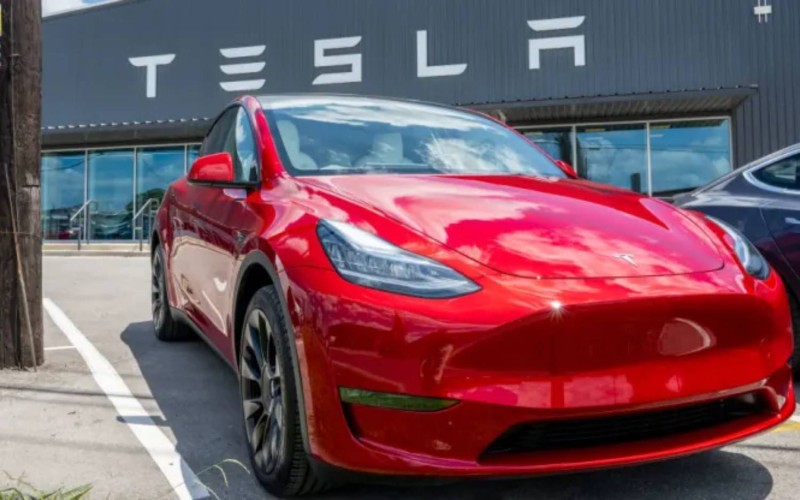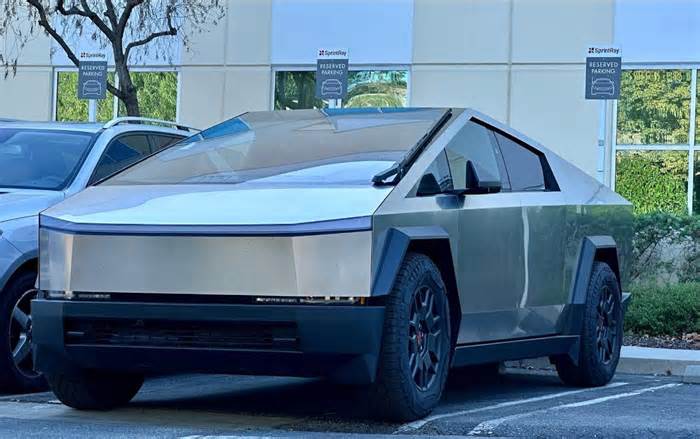
What Elon Musk's influence on a Trump administration could mean for NASA and space
- by Florida Today
- Nov 17, 2024
- 0 Comments
- 0 Likes Flag 0 Of 5

So what might the space community expect to see when Trump's back in the Oval Office:
Could NASA's Artemis be cancelled?
Astronauts have not been to the moon since Apollo 17, which launched in late 1972.
NASA's Artemis program aims to return humans to the moon as soon as 2026 — this time, continuing the missions with the longer-range goal of Mars. But the program has had huge cost overruns and long delays; and is anticipated to reach more than $93 billion in spending throughout 2025.
The Artemis program includes the Space Launch System launch vehicle (SLS) and the Orion spacecraft, which is designed by NASA and Lockheed Martin. Four astronauts will travel onboard the Orion spacecraft per mission.
SpaceX also plays a role; the company, which already is a major NASA launch provider and receiver of federal money under the commercial crew program, was tapped to land humans back on the moon.
The company's Starship will be converted into a human lander which will ferry NASA astronauts from the Orion spacecraft to the lunar surface beginning with Artemis III in 2026. The Starship lander would be launched on the Starship Super Heavy rocket from Kennedy Space Center's Pad 39A, where construction of a launch tower has already been underway. It would rendezvous with Orion in lunar orbit.
SpaceX was awarded the $2.89 billion contract to design the Starship lander back in 2021, beating out Jeff Bezos' Blue Origin. It is noteworthy that in 2023, NASA added a contract for an additional human lander. Blue Origin received that $3.4 billion NASA contract to design the second lunar lander called Blue Moon, which is scheduled to land humans on the moon during Artemis V in 2029.
The problem is: the Artemis program keeps falling behind schedule and adding up additional costs.
While the SLS rocket has launched once in 2022 during its 15 years of construction, Musk has taken Starship from an just an idea to launching the fully stacked vehicle five times in the past few years from Texas with the use of private money. Every time SpaceX launches, they learn and improve the design, said Muncy.
"He got all of that data, and he literally changed his design multiple times," said Muncy. "The SLS design hasn't fundamentally changed. They refined parts of it. They had to figure out parts of it. But, they haven't been iterating it. They haven't been changing parts of it."
Artemis II is set for launch late next year, followed by the Artemis III moon landing goal in 2026.
Muncy told FLORIDA TODAY that part of the problem around NASA's SLS stem from how it was created as part of the NASA Authorization Act of 2010. It was designed to carry over many elements of the retired Space Shuttle, such as the solid rocket boosters and engines. This was pitched as a way to not only help save costs on the program, but keep on contractors at Kennedy Space Center who worked on certain parts including Aerojet Rocketdyne and Northrop Grumman.
"The fixed costs of developing and operating the Space Launch System were going to be very high. And when fixed costs are very high, very little money goes into actually making the rockets and launching them," Muncy said.
That's why many are wondering openly if the SLS might be cancelled and a new rocket selected for Artemis missions.
Could NASA turn to SpaceX Starship and abandon SLS?
It's possible NASA could work with private companies to get there — similar to how NASA is already working with SpaceX and Boeing to provide transportation to and from the space station under the Commercial Crew Program. The commercial crew program has been deemed a success, at least when it comes to SpaceX. Things have not gone well for Boeing — a thruster issue forcing NASA to keep astronauts Butch Wilmore and Sunita Williams, who flew on Boeing Crewed Flight Test, on the space station rather than risking their return on the troubled spacecraft. Starliner returned safely uncrewed, and NASA has stated that the Starliner-1 mission is tentatively scheduled for 2025.
SpaceX, meanwhile, has been successfully flying NASA crews since 2020. The company also provides the majority of NASA's launch services for uncrewed exploration missions.
But work proceeds on SLS to get it ready to launch Artemis II, which would send a crew of four astronauts around the moon. Artemis I lifted off Pad 39B in November of 2022 − the 320-foot-tall SLS (Space Launch System) multistage rocket sending the Orion spacecraft around the moon and successfully back to Earth.
In July, the massive core stage of the SLS rocket arrived at Kennedy Space Center to begin preparation inside the NASA VAB ahead of stacking the rocket for launch.
While neither Starship Super Heavy nor SLS are ready just yet, it's not inconceivable that a Trump administration would opt to just proceed with the Starship Super Heavy as the Artemis launch vehicle. That would mean reimagining Artemis, Muncy said.
"If you can launch Starship a whole bunch of times from the surface of the Earth to Earth orbit, and a Starship can be refueled in orbit, and go fly to the vicinity of the moon, and then fly from lunar orbit down to the surface of the moon ... why don't you just launch the people on Starship from the very beginning?"
Please first to comment
Related Post
Stay Connected
Tweets by elonmuskTo get the latest tweets please make sure you are logged in on X on this browser.
Sponsored
Popular Post
Middle-Aged Dentist Bought a Tesla Cybertruck, Now He Gets All the Attention He Wanted
32 ViewsNov 23 ,2024
Tesla: Buy This Dip, Energy Growth And Margin Recovery Are Vastly Underappreciated
28 ViewsJul 29 ,2024






 Energy
Energy


















